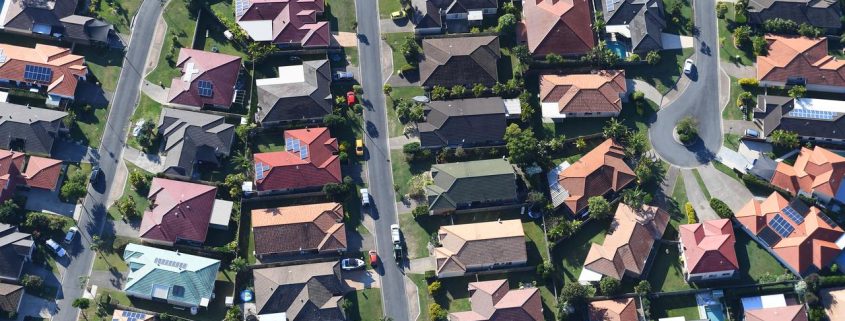The Australian Real Estate Market in August 2024: Key Insights and Trends
As we move through August 2024, Australia’s real estate market continues to capture the attention of investors, homeowners, and industry professionals. The landscape is evolving with shifting dynamics, influenced by economic factors, policy changes, and market trends. This blog post provides an in-depth look at the current state of the Australian real estate market.
Current Market Overview
Australia’s real estate market is experiencing a period of transition, marked by a mix of stability and change. According to the latest data from CoreLogic, the national housing market has shown signs of stabilisation after the significant fluctuations of previous years. Here’s a closer look at the current state of the market:
1. Property Prices
Residential Property Prices: In August 2024, CoreLogic reports that national property prices have increased by 2.4% over the past three months. This reflects a moderate recovery from the market corrections seen in previous years. Sydney and Melbourne, two of Australia’s largest property markets, have seen notable price rebounds. Sydney’s median house price stands at approximately AUD 1.35 million, while Melbourne’s median is around AUD 980,000.
Regional Markets: Regional areas are also showing strong performance. According to REI (Real Estate Institute) data, regional property prices have risen by 3.1% over the last quarter. This trend is driven by increasing demand for lifestyle properties and remote work flexibility.
2. Rental Market
Vacancy Rates: The national vacancy rate remains relatively low at 2.2%, as reported by SQM Research. This tight rental market is contributing to upward pressure on rents. Major cities such as Brisbane and Perth are experiencing increased rental demand, with Brisbane’s rental prices rising by 4.7% in the past year.
Rent Growth: According to a recent report from Domain, the average annual rent growth in capital cities has been around 5.3%, with some suburbs seeing even higher increases. The surge in rental prices reflects the high demand and limited supply of rental properties.
Economic and Policy Influences
1. Interest Rates
The Reserve Bank of Australia (RBA) has maintained a cautious stance on interest rates, with the cash rate currently at 4.10% as of August 2024. This is slightly higher than the previous year, reflecting ongoing efforts to manage inflation. According to a statement from the RBA, the current rate is intended to temper inflation while balancing economic growth.
2. Government Policies
The Australian government has introduced several measures to support the housing market and address affordability issues. Recent policies include:
- First Home Buyer Grants: Enhanced grants and incentives for first-time buyers continue to play a role in stimulating demand in the residential market.
- Urban Planning Reforms: Initiatives aimed at increasing housing supply, including relaxed zoning laws and accelerated development approvals, are underway in major cities.
Market Trends
1. Green and Sustainable Housing
There is a growing trend towards sustainable and energy-efficient housing. Reports from the Green Building Council of Australia indicate that more buyers and investors are prioritising eco-friendly features. Properties with green certifications and energy-efficient designs are becoming increasingly sought after.
2. Technology Integration
Technology continues to shape the real estate sector. According to a report by McKinsey & Company, digital tools and platforms for property management, virtual tours, and data analytics are becoming standard. This trend is enhancing the efficiency of property transactions and management.
Expert Insights
Several industry experts have weighed in on the current market trends:
- Michael Yardney, Property Investment Expert: Yardney notes that while the Australian property market is experiencing growth, investors should remain cautious. “The market is stabilising, but there are still regional variations and risks. Investors should focus on high-demand areas with strong fundamentals.”
- Eliza Owen, Head of Research at CoreLogic: Owen highlights the ongoing strength of regional markets and the impact of interest rates. “Regional markets are outperforming capital cities, driven by lifestyle changes and remote work. However, rising interest rates could impact affordability and borrowing capacity.”
The Australian real estate market in August 2024 presents a mixed yet promising picture. While property prices and rents are on the rise, the market is influenced by various economic factors and policy measures. The ongoing recovery in property values, combined with strong rental demand and government support, suggests a stable outlook for the remainder of the year.
For potential buyers, investors, and renters, staying informed and understanding market dynamics will be key to making strategic decisions in this evolving landscape. As always, consulting with real estate professionals and utilising up-to-date data will provide valuable insights for navigating the Australian property market.



